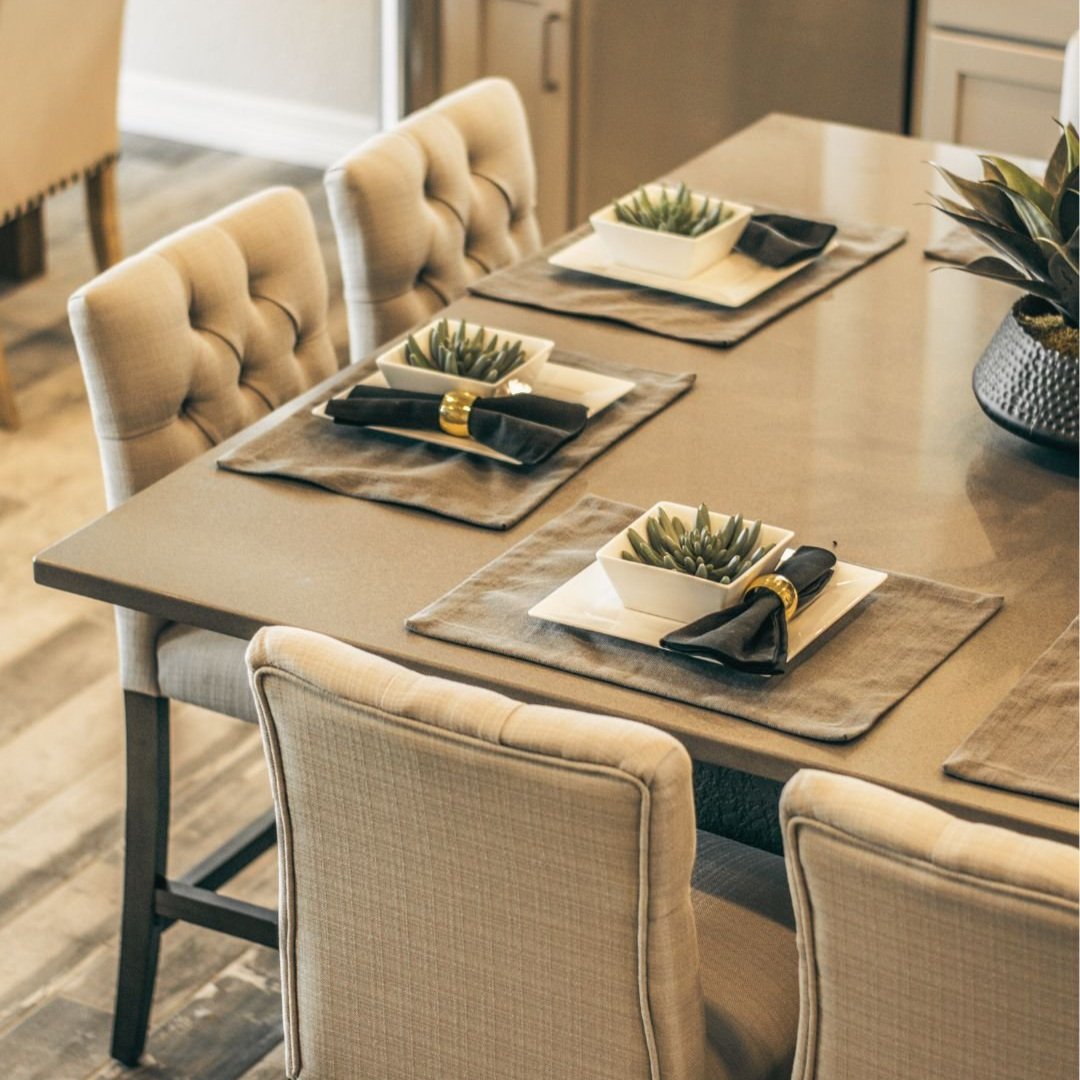Interior Design Legal Contracts
/
What should you include in your interior design contract? When it comes to contracts you should consult an attorney but before you do, what are other interior designers saying you should consider when drawing up your contracts?
Knowing exactly what to include in your interior design contract can be overwhelming. Especially when something comes up that’s not covered. I am NOT a lawyer and I am NOT giving legal advice here but when several interior designers were asked what they would include in their interior design contract, these were some of the answers that they came up with. Of course, all of these may not pertain to you, this list is just to give you some things to think about. When dealing with contracting I suggest you consult with your attorney or purchase legal contracts from a reputable provider. There are a few below that other interior designers have recommended.
What other interior designers say you should consider including in your contract.
1. If you do not want to hire contractors by being the general on a project, add verbiage that specifies that the client hires all contractors and is responsible for paying those contractors.
2. Add a disclaimer that you are not responsible for the quality of items purchased.
3. Include fees for late payments.
4. Be sure to include a termination clause where all payment for work already completed and any items ordered will be due in full at time of termination.
5. If you want to use the photographs of finished work in your marketing, make sure you have a ‘reserve the right to take photos and use those images in your marketing’ clause.
6. Make sure your fee/payment schedule is clear. Do you require up front payment of any sort, do you bill monthly, do you bill for estimated shipping charges and then reconcile charges at time of delivery? Include everything possible.
7. Trade sources – This maybe isn’t included in your contract, again consult an attorney, but be careful of sharing your trade resources. There have been instances of clients going directly to the vendors in search of a better deal.
8. Permissions/social media – Be clear in your contract as to who is the legal owner of the design work. I’m guessing you want that to be you. If your clients are sharing the design on social media do you want to be tagged in the photo as the interior designer? Be sure to put this in your contract.
9. Confidentiality clause – depending on your clientele they may not want you to share the designs you created for them on social media. This is something to consider when looking at your clientele. If you work with high profile clients, I’m guessing they will request a confidentiality clause that will pertain to the design, social media and any information related to them as people and/or professionals and their design.
Besides the obvious standard lingo on specifications of work, drawings, etc., what the internet says you should consider when creating a contract.
1. Consultants and contractors – (similar to above) Some interior designers will oversee the work of contractors and hire their own – others will have the client hire and pay contractors. Be clear about how you run your business in your contract.
2. Prices guarantees – Be sure to include a clause that does not guarantee the price of goods or other services if you are hiring contractors. Pricing changes can be out of your control and if you quote a client a price today and they decide two weeks from now to purchase that item, the price may have changed. Protect yourself!
3. Purchasing and Procurement – If you want paid up front for the purchase of goods then put that in the contract and be sure to collect payment at time of order.
4. Refunds – Be sure to include a clause that states whether or not your goods and services are non-refundable. If you are dealing with custom pieces, they should be non-refundable.
5. Cancellations – Like above be sure to have a cancellation clause that states how the payment works upon cancelation/termination.
6. Reimbursable costs – Be sure to outline what reimbursable charges are such as shipping charges, rendering services, travel, storage, etc.
7. Payment terms – when is payment due and how often?
8. Insurance – Be sure to have business insurance to cover your business, liability, commercial auto and possibly even worker’s comp. But also consider in the contracting what the client should have insurance on in regard to their home and goods. Seems silly but who is responsible for all furnishings and materials during delivery, moving and installation?
9. Photography of completed works – like mentioned above, make sure you make it clear you want photos of the finished product, include that you will not mention the clients name or address in your marketing if they are concerned about privacy.
Other things to consider:
· Revision limitations – you certainly don’t want unlimited revisions, or you may never get a job completed.
· Fees for interior design work delays – if your client is holding up the project for some reason what are the fees for their delays.
· Damages - who is responsible for damaged goods, finishes, etc.
· Expiration of agreement - does your agreement with your client expire at some point?
· Safety on site - are you and the clients required to follow safety measures while on site visits?
· Ownership of designs – if you own the design make that clear in your contracting so others aren’t able to profit from your designs.
· Indemnity - holding each other harmless.
· Site visit and limitations –set a limit of site visits or you may be called to the site frequently by the client for little to no reason at all.
Last but not least, do you need a COVID clause? It’s actually called a force maejure clause and it frees both parties from liability or obligation in times of an extraordinary event or circumstance beyond the control of the parties such as war, crime, strike, riot, epidemic, or an event described described as the legal term act of God preventing one or both parties from fulfilling their legal obligations under the contract. Most of the time in these cases it’s not excusing the non-performance entirely but only suspending it for the duration of the force majeure event.
I know I’ve given you a lot to think about but hopefully some of this will prevent you from experiencing significant headaches and nightmares in the future! Consult your attorney or the one I suggest below and make sure you are covered!
There are several great resources for interior design contracts out there. A few that I’ve seen other interior designers recommend are Nancy Ganzekaufer at www.nancyganzekaufer.com or Capella Kincheloe at https://www.capellakincheloe.com.
Or if you want to work with an attorney to draw up your own contracting I recommend Keren de Zwart with Not Your Father’s Lawyer at https://www.notyourfatherslawyer.com.
At the end of the day you need to be sure that your contract protects you from a variety of situations that can come up as an interior designer dealing with clients. The more you have outlined in the contract the better off you’ll be.
Get your thoughts in order and consult an attorney, it will save you time and headaches in the future!
Stay safe!
XX, Danae































